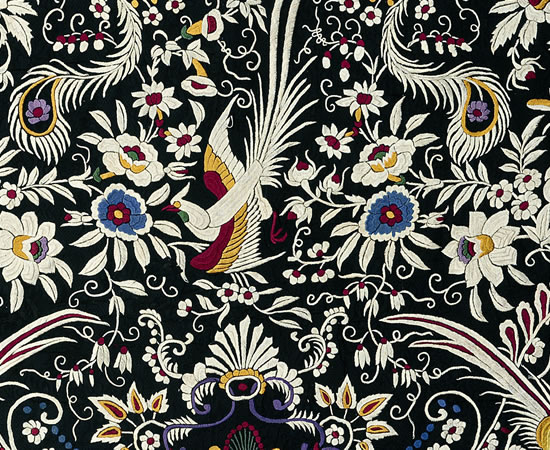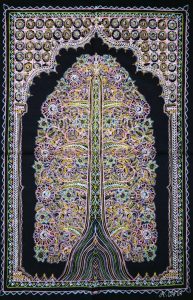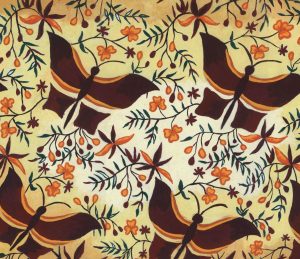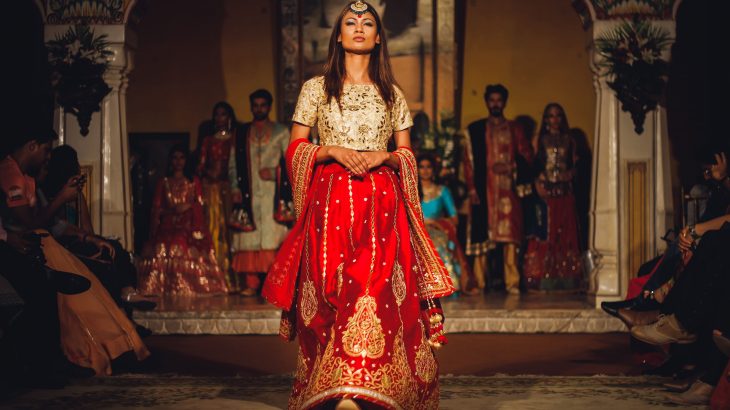Only in India, you connect with a historic cultural heritage in textiles like Khadi. Many more indigenous textile art forms grace our daily lives and its cherished occasions, that we mostly take for granted. If you really delve into assessing the vastness of Indian textile art forms. You’ll be amazed by some facts, especially about the art forms that are going extinct.
It’s highly relevant for a fashion enthusiast or a textile designing student to know about India’s defining art forms. These have enriched Indian garments for centuries. Through years of cultural invasion that happened during and after the British rule, the textile traditions have fought the odds bravely to survive, till date. Textile designing courses in India are doing their part. They are educating students about the art in textiles and making a path to create a career here.
When this generation speaks of fashion, it should not stray into shallow assumptions about the superiority of everything foreign. Here, we walk you through a few invaluable art forms that you may have the knowledge of. Also, gain a sense of importance of reviving these art forms. This should also be a major source for students at textiles for fashion courses.

Parsi Embroidery
The Parsi community is a distinguished but diminishing community in India. The unique traditions in India date back to the period between 8th and 10th centuries. Among their many artistic traditions is the Parsi embroidery. With roots in their origins in Iran, the art has developed to embrace Persian, European, Indian and Chinese cultures. Seen typically in the Parsi Gara sarees, this artwork is so rich that it takes about 9 months to complete one piece! Though that’s the beauty of it, it also has proven to be a bane in the present world where mass-produced garments and fast life are threatening this exquisite art.

Rogan Art
Another gem of Indian art traditions, Rogan art is a tradition by just one family in India, the Khatris of Nirona in Gujarat. The essence of Rogan art is the use of castor oil to make the basic material for colours. Someone stirs the hot oil for a painstaking 12 hours, without letting it burn. Then they use natural colours to produce the paint for the fabrics.
Rogan art is used to craft beautiful and colourful motifs of flora, animals and birds on items like sarees, tablecloths, curtains and pillow covers. To preserve this stupendous art form, inspired by folk culture of the Kutch region, the Khatri family is volunteering to teach it to craftsmen, including women, from outside the family as well.
Interestingly, during the American visit by Indian Prime Minister Mr. Narendra Modi, he gifted the then American President Barack Obama exquisite handcrafted Rogan paintings. Though international acclaim is pouring in, means to market the Rogan products are lacking.

The Batik Art
Batik art has resemblance to tie & dye techniques like Bandhani. It boasts a history of existence for over 2000 years. Its highest development happened in Indonesia, from where the art form lends its name. In Javanese, ‘amba’ means to write and ‘titik’ means dot. The Batik fabric art is done with a wax resist dyeing technique. The art is made on the fabric by either putting dots and lines using a special tool called ‘Canting’ or by stamping the wax resist dye with a copper stamp called ‘Cap’.
Other invaluable Indian art forms like Ikat, Ajrak and Kalamkari are already been taken up and increasingly applied in Indian fashion & textiles. With such art applied, they make way to stunning collections!
Learning and Practising these crafts, one joins the lineage of craftsmen who are proud to resurrect and preserve them for the future.
Now Learn Fashion Designing Anytime anywhere with easy Online Video Classes. Today for Free Trial of Exciting Courses.


